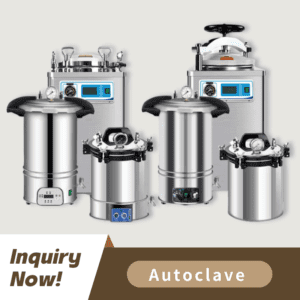
This article contains all essential information for anyone interested in understanding autoclave sterilizers or who plans to acquire one.
Autoclave sterilization involves using pressurized steam to destroy all forms of microorganisms including bacteria, viruses, fungi and spores. The medical industry considers autoclave sterilization to be among the best methods for disinfecting medical instruments and laboratory equipment together with other vital items.
The combination of high temperature with pressure over a specified period destroys even the toughest microorganisms which makes autoclave sterilization the top method for healthcare and industrial applications.
The method of autoclave sterilization uses moist heat and pressure to achieve sterilization. The sterilization process consists of the following steps:
Sterilization items must be arranged within the autoclave chamber before starting the process. Proper arrangement inside the autoclave chamber is essential to achieve effective steam penetration.
The autoclave produces steam that fills the chamber and pushes air out.
The autoclave chamber achieves specific temperatures of either 121°C or 134°C and maintains pressure levels between 15 to 30 psi during operation.
The autoclave holds the established conditions throughout a timed period ranging from 15 to 30 minutes which varies based on the load.
The autoclave eliminates moisture from the items during the Drying Phase to maintain contamination-free conditions after sterilization.
To understand how autoclaves operate you should read our article How Does an Autoclave Sterilizer Work.
Effective sterilization requires meeting particular conditions. These include:
Autoclave sterilization generally operates at standard temperatures of either 121°C or 134°C.
A pressure range of 15 to 30 psi is necessary to produce and sustain adequate steam levels.
The length of time required for sterilization depends on both the quantity and type of items being processed.
Unwrapped items: 15-20 minutes at 121°C
Wrapped items: 20-30 minutes at 134°C
The article Autoclave Sterilization Temperature, Time, and Pressure Explained provides a comprehensive guide to temperature, time and pressure settings.
A multitude of industries deploy autoclave sterilization methods.
Healthcare uses autoclave sterilization to sanitize surgical instruments and medical devices as well as hospital linens.
Laboratories use autoclave sterilization to maintain sterility in glassware and culture media as well as waste materials.
The pharmaceutical sector utilizes sterilization processes for raw ingredients, final products, and packaging materials.
The food industry sterilizes cans and jars along with other packaging materials to prolong their shelf life.
Our article on Class B Autoclave Sterilizers provides advanced sterilization solutions for demanding applications that you might find interesting.
Autoclaves demonstrate high efficacy because they destroy even the toughest microorganisms including bacterial spores.
Autoclaves are more environmentally friendly than chemical sterilization methods because they operate using water and steam.
Operating costs for autoclaves remain low after installation when used for large-scale sterilization tasks.
This sterilization method works well with various materials such as metal and glass as well as certain types of plastics.
Autoclaving represents the highest standard in sterilization yet examining its effectiveness against alternative methods remains essential.
This method involves sterilization through high temperatures without requiring moisture. Suitable for heat-resistant items but takes longer.
Chemical Sterilization: Uses chemicals like ethylene oxide. Effective but not eco-friendly.
UV Sterilization: Uses ultraviolet light. UV sterilization works well for surface disinfection but fails to properly sterilize complex instruments.
Autoclave sterilization serves as a critical procedure to maintain both the safety and sterility of medical and laboratory devices. Autoclave sterilization stands out as the selected method across industries because it provides effective sterilization while remaining environmentally friendly and versatile. Distributors, resellers and procurement specialists who understand autoclave sterilization basics can choose proper equipment while meeting regulatory standards.
Explore autoclave sterilizers with us or ask for assistance in finding the right model.
What is the recommended temperature for sterilization in an autoclave?
The recommended temperatures are 121°C and 134°C.
How long should unwrapped items be sterilized in an autoclave?
Typically, unwrapped items require 15-20 minutes at 121°C.
What is the difference between autoclaving and sterilization?
Autoclaving is one method of sterilization that uses steam under pressure.
Can all materials be sterilized in an autoclave?
No, some materials like certain plastics and electronics may not withstand high temperatures and pressure.
What is the minimum sterilizing condition in a steam autoclave?
The minimum condition is 121°C, 15 psi, for 15 minutes.
For more information about autoclave sterilizers or to request a quote, contact 켈링 메디컬:
이메일: inquiry@shkeling.com
WhatsApp: +8618221822482

멸균은 의료 시설과 실험실 환경 모두에서 감염 관리 관행의 필수 요소로 작용합니다. 증기를 통한 오토클레이브 멸균은 많은 응용 분야에서 효과적이지만 다음과 같은 경우 최적이 아닌 것으로 입증되었습니다.
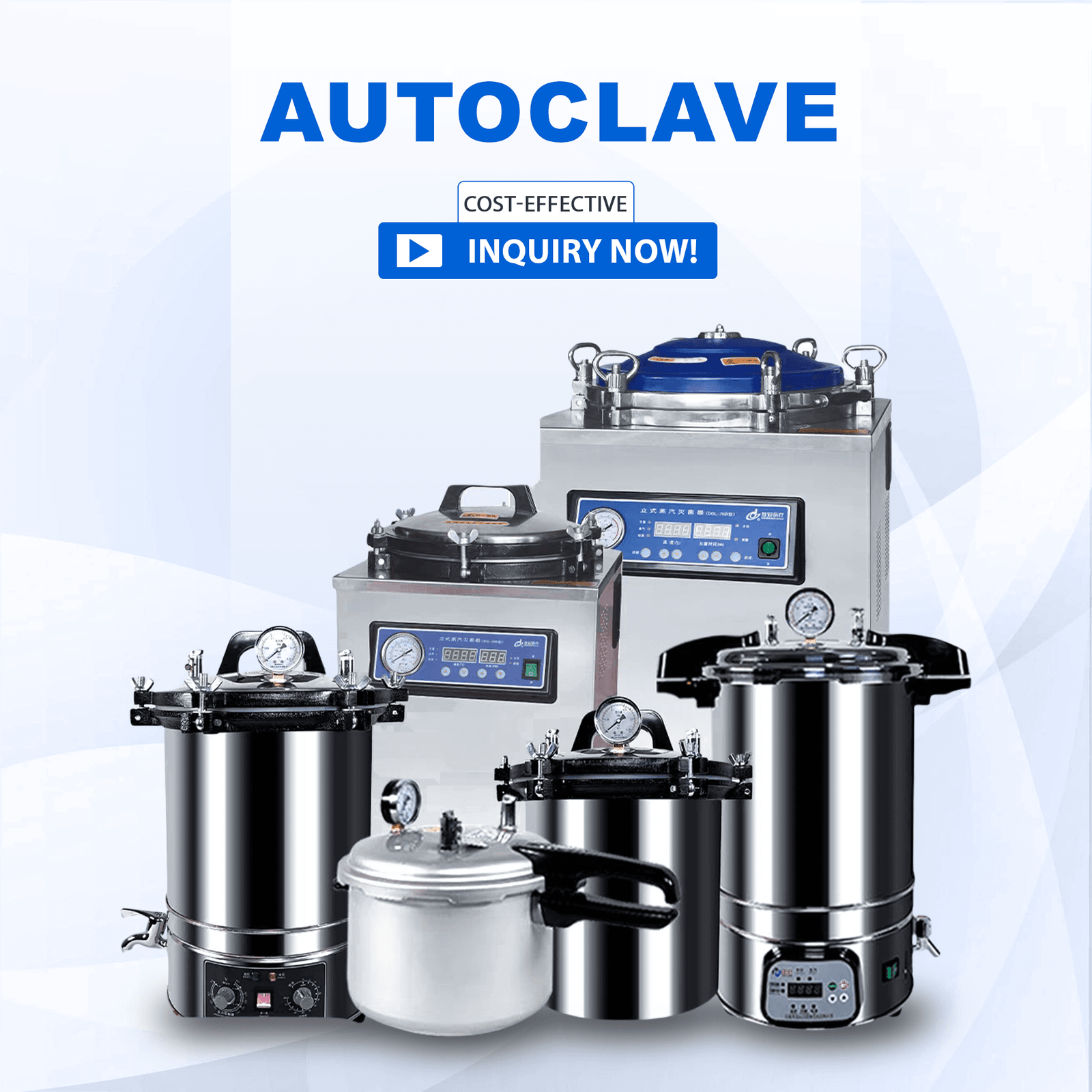
전 세계 의료 전문가들은 의료 기기의 안전과 멸균을 보장하기 위한 필수 도구로 오토클레이브를 신뢰합니다. 의료 기기 유통업체와 조달 전문가는 오토클레이브의 원리와 이점을 이해해야 합니다.

의료 기술의 발전으로 의료 기기를 항상 안전하게 멸균 상태로 유지하는 것이 필수적입니다. 의료 기기 유통업체, 딜러, 조달 전문가는 효과적인 운영을 위해 멸균 방법을 이해해야 합니다. 의료 기기의
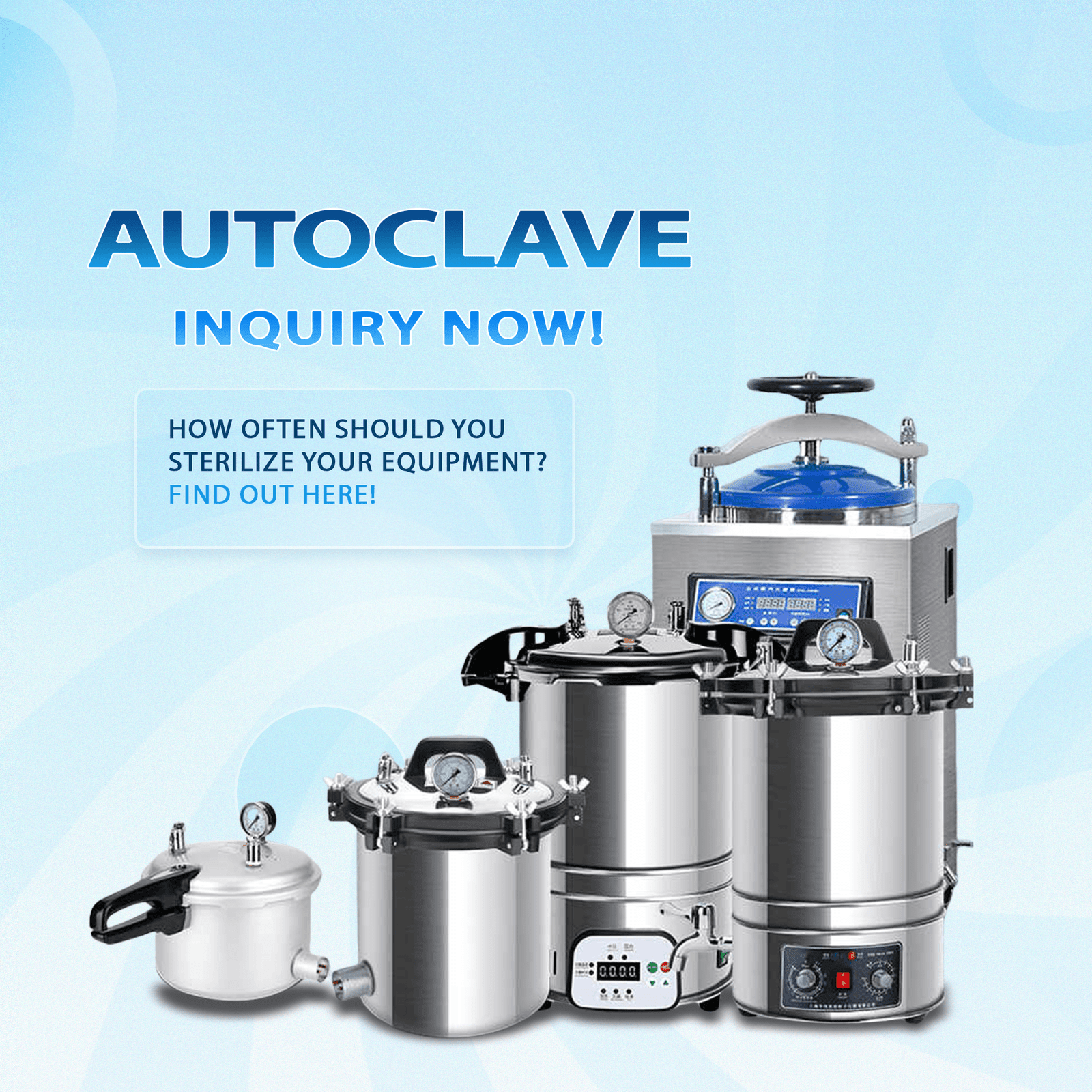
의료 기기 및 기구 멸균에는 환자의 안전을 보호하고 규제 표준 준수를 용이하게 하기 때문에 오토클레이브가 필요합니다. 가장 정교한 오토클레이브 시스템도 여전히 몇 가지 한계가 있습니다. 의료 기기 유통업체,
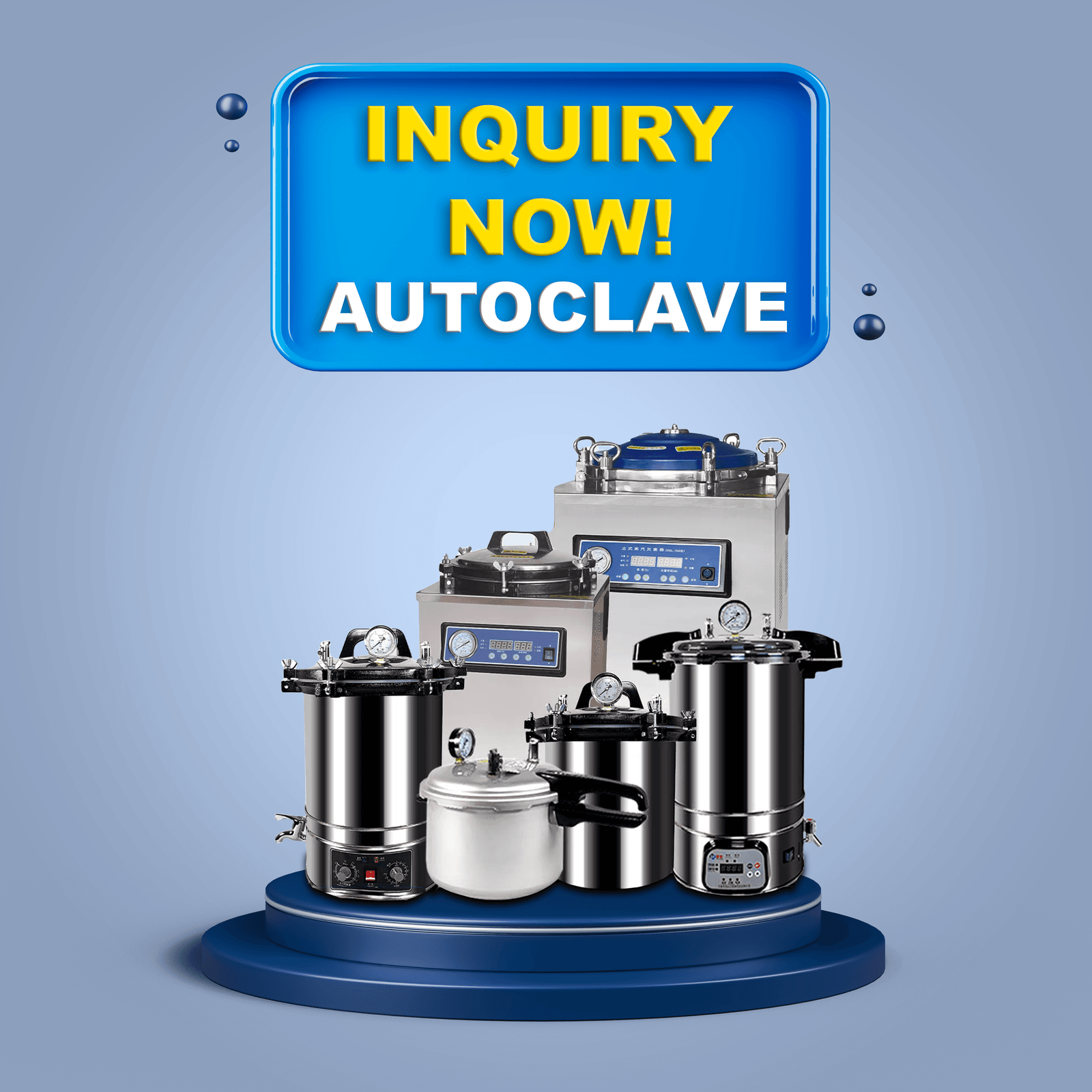
의료 기기 제조에서 오토클레이브는 다양한 기기와 재료에 대해 일관된 멸균을 제공하기 때문에 필수적인 장비로 작용합니다. 오토클레이브는 고압 포화 증기를 사용하여 박테리아, 바이러스, 곰팡이, 세균을 박멸합니다.
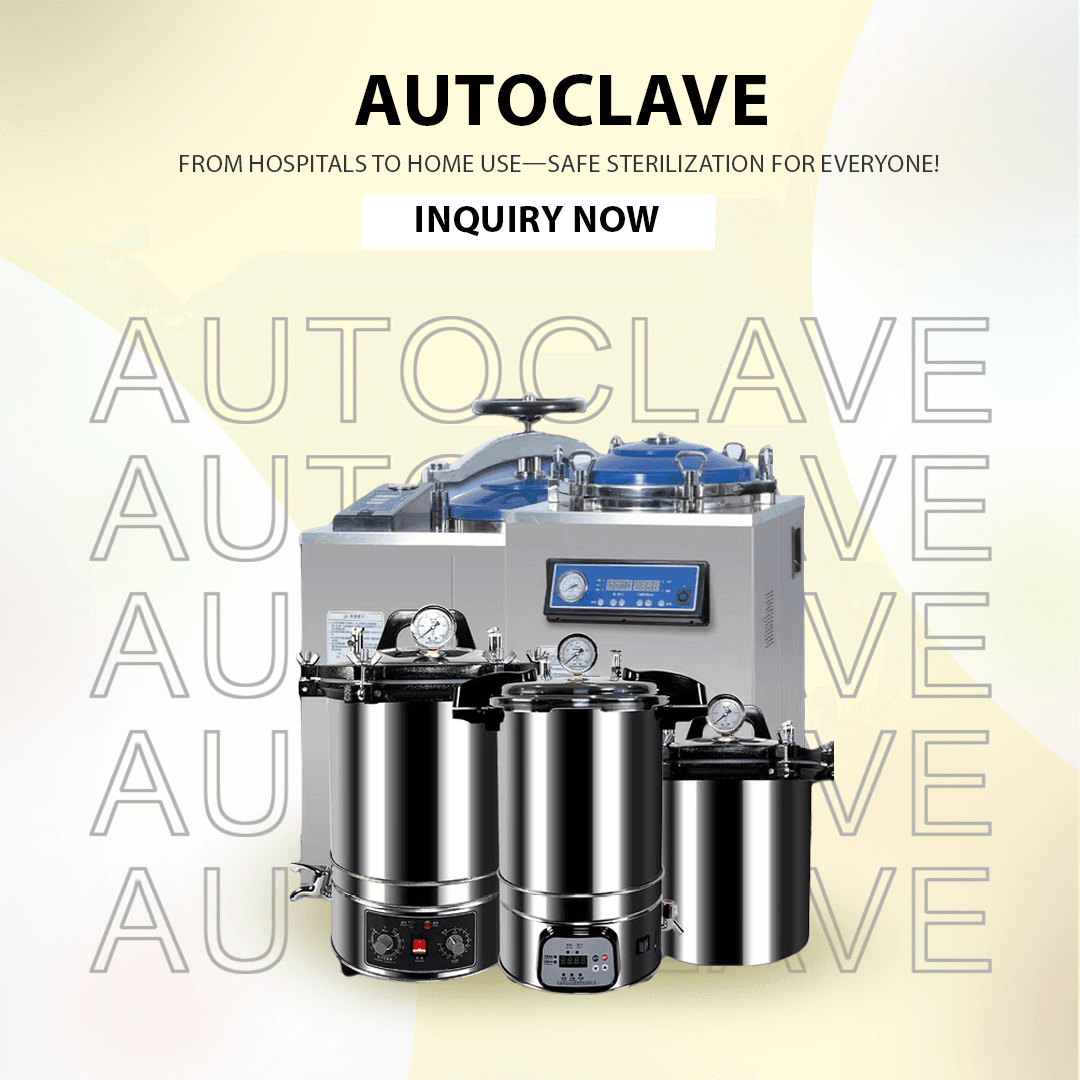
오토클레이브는 의료 및 과학 환경에서 기기와 재료를 지속적으로 멸균하여 중요한 역할을 하는 장비입니다. 의료 장비 유통업체와 딜러 및 조달 전문가는 오토클레이브의 기능을 유지해야 합니다.